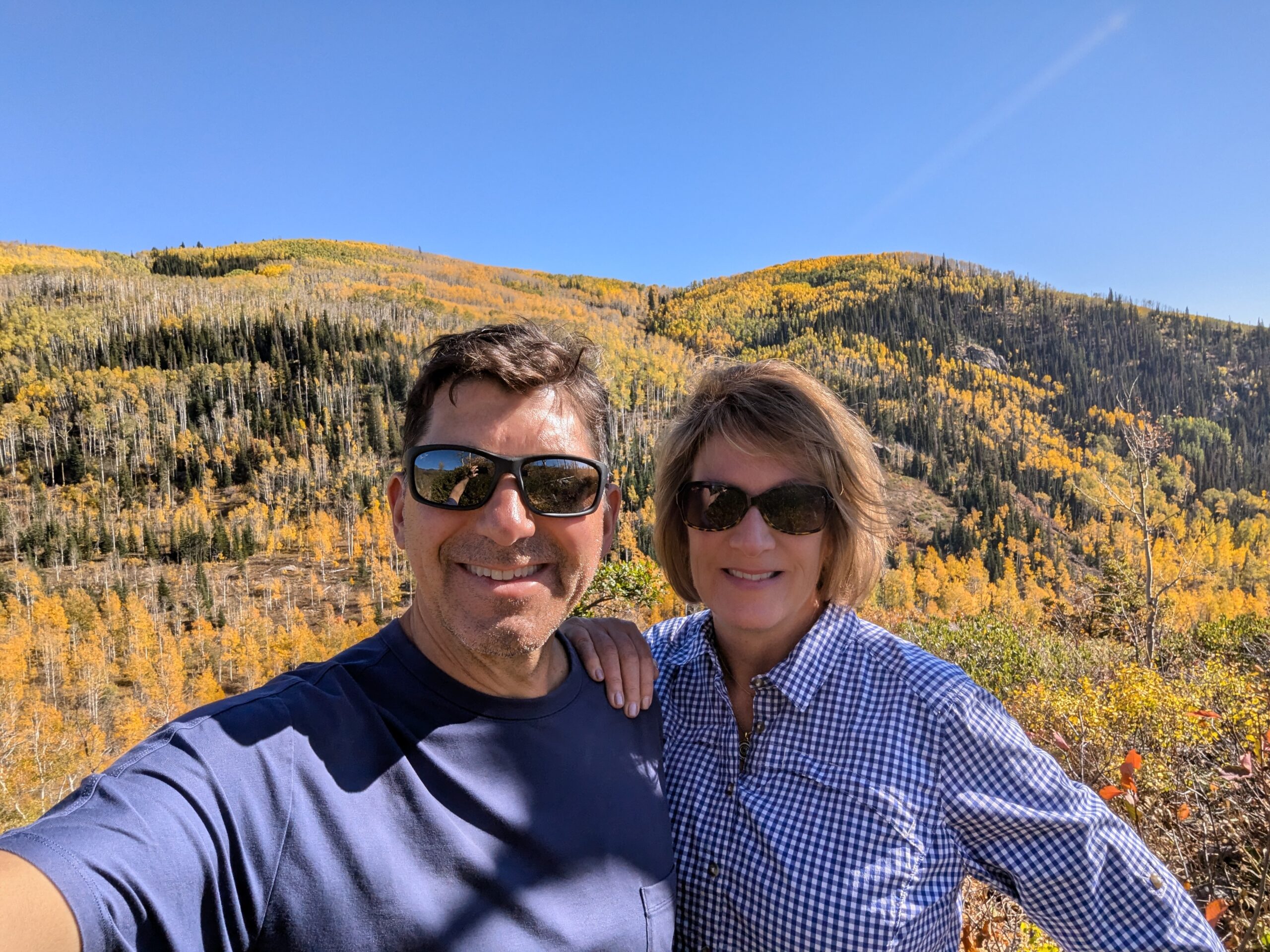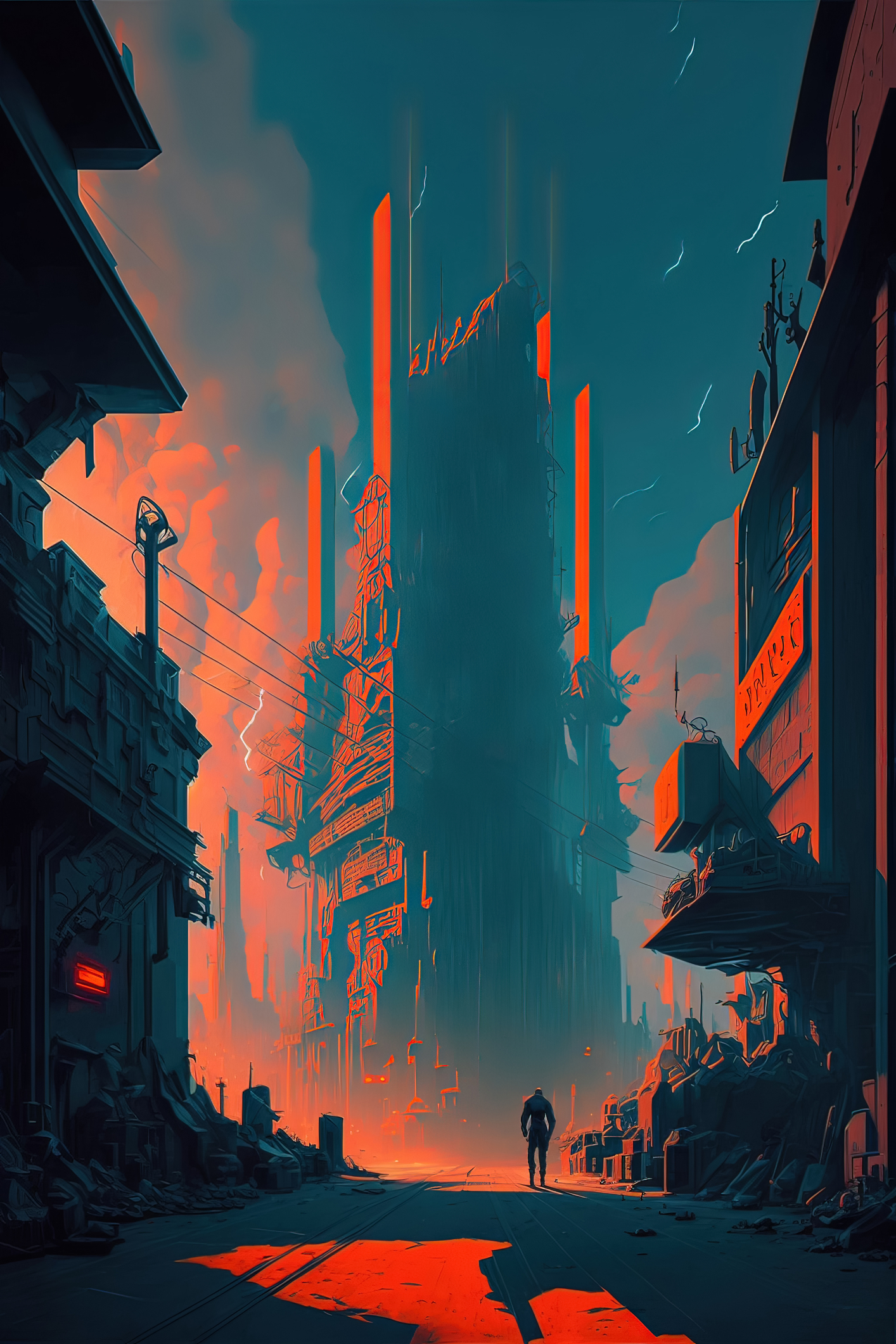The Great Debate is upon us.
No, not the presidential one tonight. The other one, about equity markets. The SEC’s technology summit yesterday aimed at finding ideas for preventing another Aug 1 Knight Capital debacle from ever happening again included mostly the folks who huddled after the 2010 Flash Crash to prevent glitches from…ever happening again.
Since the Knight glitch came after efforts to prevent glitches from, yes, ever happening again, and since glitches and one-off flash crashes are routine now, reflected in continual halts and erroneous trades (including two yesterday early, even as the SEC summit was commencing), understandably hopes for change are dim.
We’ve gotten many questions in recent days. How do we control technology? Is technology the problem? Are markets too complex?
And the simplest one: Why can’t we shut the hummer down when it goes haywire? Right? Common sense tells us it can’t be too hard if it involves electricity. Pull the plug. Yank the doohickey or whatever out of the machine.
We’ll get a “kill switch,” sure. But HFT won’t end soon because structure depends on it. The major exchanges are averaging about 4.6 billion shares of trading volume, down from over 7 billion daily in 2009, when incidentally Dodd-Frank was crafted. Add 30% more in dark pools and volume is about 6 billion shares each day now.
If we divide that into what’s Navigational – moving stuff around – and what’s Fundamental (real buyers and sellers meeting), it’s about an 85%/15% split. We’re left with 900 million shares of “real” volume, with the rest from HFT, ETF arbitrage, automated market-making and so on. This is the glitch-infested stuff.
What happens if all 85% of it disappears? Nothing, if you’re Berkshire Hathaway’s Class A shares trading 400 shares daily with no navigational volume. For exchanges selling data and services to drive profits, it’s doomsday. The largest broker-dealers would leave equity markets. So would the 50-odd large high-frequency firms.
And Dodd-Frank requires the SEC to fund itself entirely with “Section 31 fees” on trades, which in 2012 by law will total $1.2 billion. Volumes are already down, forcing fee hikes this year. The bill’s authors didn’t foresee weaker revenue drivers (do politicians ever?).
Thus, the great debate. It’s the Woody Allen aphorism: “We stand at a crossroads. On the one hand is despair and hopelessness; on the other, total destruction. Let us pray we choose wisely.”
I don’t mean to sound flippant or gloomy. But don’t bank on change, IR folks. Get used to markets that require metrics. You need to know Behavior and Sentiment.





